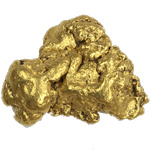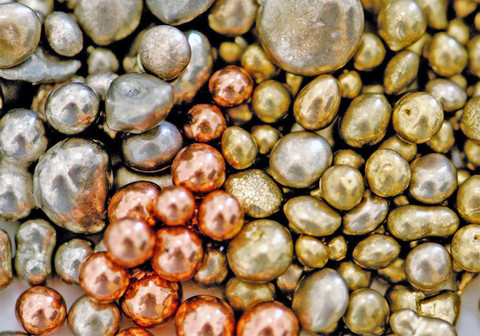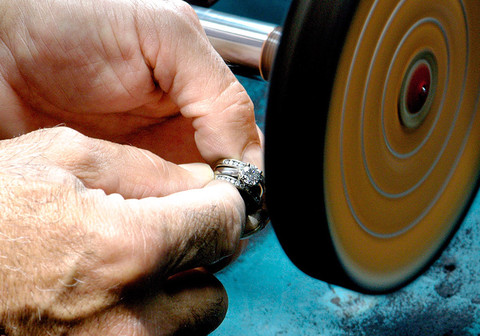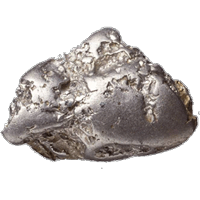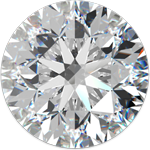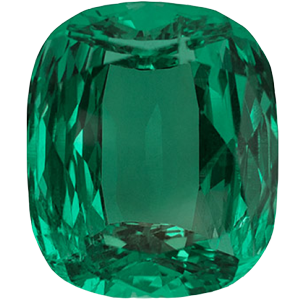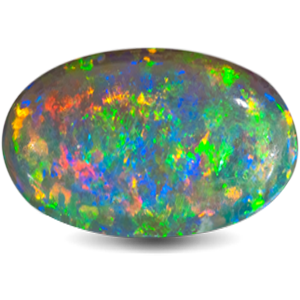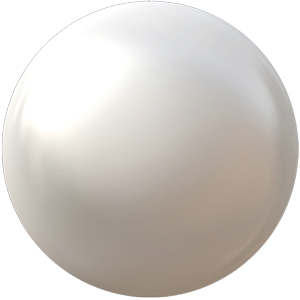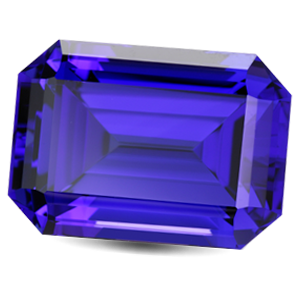Gold
Gold has captured the fancy of people for millennia. In its pure form, or 24 karat, gold is a malleable, bright yellow, glittering noble metal.
Gold has many lovely properties but in the context of jewelry-longevity, its softness can be a drawback unless it’s alloyed to make it more durable. Because of its inherent softness, gold jewelry can potentially bend and become scratched. The higher the karat the more easily it scratches. For example, 14 karat jewelry is 58.5% pure gold with the remaining metal content consisting of various alloy metals and 18 karat jewelry is 75% pure gold; therefore, 18k jewelry is less durable and will scratch more easily.
When Philippe Medawar is crafting a piece of jewelry into white gold, alloys such as palladium, silver and copper may be mixed with pure gold. Copper alloy is combined with yellow gold to create delicate rose gold or a more intense red gold. To increase the saturation of the yellow color in yellow gold, the alloy metals silver and copper are used. Green gold is achieved with the alloy silver and sometimes zinc or cadmium. Iron is an alloy metal when mixed with yellow gold makes a beautiful blue.
To better care for your gold jewelry, Philippe Medawar suggests the following tips:
Purchasing & Wearing
Before making a jewelry purchase please consider how you will wear the item:
- If you plan to wear a gold ring every day and you work with your hands or with chemicals, it would be advantageous to choose a 10 or 14k gold ring because it's more durable than higher karat gold jewelry.
- If you’re planning a trip to the gym or participating in a sporting event, protect yourself and gold jewelry by keeping items safely at home. Certain gym equipment and free weights can damage ring shanks (and your finger), while chlorine and bromine in hot tubs and swimming pools can dramatically discolor and destroy jewelry metals.
- Remove gold jewelry if you’ll be handling harsh cleaners as chemical reactions with the metal alloys can cause damage.
- Gold karat variances affect value. Lower karat jewelry, though more durable, is less expensive because there’s less gold content. Generally the higher the karat, the higher the price.
- The higher the karat of gold jewelry, the less likely an allergy will occur.
- Please ask a staff member to check The Philippe Medawar Gift Registry for your loved one's metal preferences. You may know she loves gold but does she prefer yellow, white or rose gold? Or, does he prefer 14k or 18k gold?
For more information on wearing fine jewelry, click here.
Storing
Safely storing gold jewelry ensures its beauty will last and will help prevent unintentional losses.
- If you find yourself taking off gold earrings for the commute home, carry a soft-sided jewelry pouch, with separate compartments, inside your zippered purse to transport gold jewelry safely home.
- In a hurry? If you quickly drop your gold and diamond earrings into a jewelry box or drawer, diamond will scratch diamond and everything else, including the gold mountings. All gold and diamond jewelry should be stored independent from each other.
- Setting gold jewelry on hard surfaces, such as stone countertops, will scratch it.
- Clasp gold necklaces and bracelets before storing to prevent tangling. Specially designed rolled storage pads feature clips to hold necklaces and bracelets in place. Gold bangle bracelets may be stored flat in separate compartments or multiples may be stored on a soft, pillow-like roll with a protective case.
- Unfortunately, checked suitcases at the airport and hotel rooms – even those with in-room safes – may not be secure. If concerned, please leave gold jewelry in your safety deposit box while traveling or wear it at all times. We do not recommend traveling with jewelry items of high value that contain important stones.
- Promise yourself, right now, that you will never, ever, wrap a gold jewelry item in facial tissue until you get home and can put it away as it may get thrown away.
To learn more about safely storing jewelry, click here.
Maintenance
It’s inevitable – gold jewelry gets scratched. Those wishing to restore their jewelry to its once sparkling condition may call for an appointment or bring their item to Philippe Medawar's in-house atelier on 28th Street. Expert staff will inspect the scratched jewelry item and after diagnosing condition issues, will determine if the metal needs buffing, polishing and cleaning. If the item cannot be buffed, polished or cleaned without first being repaired, the client will be given a free jewelry repair estimate before proceeding.
Each gold jewelry item requires unique maintenance. Philippe Medawar considers the age and condition of gold jewelry in conjunction with the specific requirements of that particular item before determining care and maintenance methods. Please inquire at Philippe Medawar on how to best care for gold items in your jewelry collection, or read more here.
Cleaning
Do not clean gold jewelry in chlorine bleach, vinegar, saltwater, laundry detergent or other chemical-rich solutions. One of our clients soaked her white gold diamond wedding ring in a household cleaner inside a clear drinking glass and left it on the window ledge of her kitchen. Days later, she was shocked to find that her ring was gone! The chlorine-rich solution had dissolved her ring mounting and she had thrown the contents, including her large diamond, down the drain.
Do not clean gold jewelry with a hard bristle brush or abrasive ingredients like salt, baking soda or toothpaste that will scratch the metal and gemstones. Do entrust the cleaning of your gold jewelry to the professionals at Philippe Medawar. For those wishing to learn more, click here.

